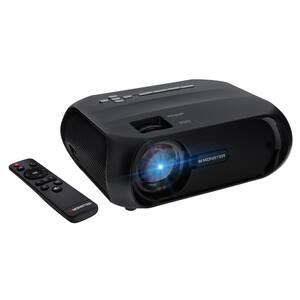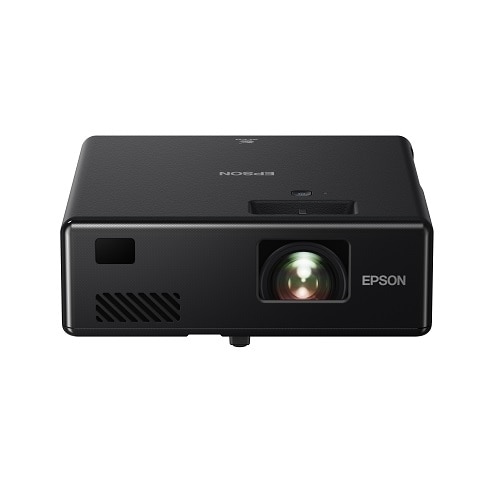how to set up a projector to watch tv
If you have a projector and want to watch TV in your living room, there are a few things you'll need to know. From cables to mounts, here's everything you need in order for that awesome TV-watching experience!
Image source: https://www.youtube.com/
#rcmnts for tv viewing: mount tv upwards away from window or window coverings to avoid glare from outside lights. Use a mount that can tilt and even elevate the tv if needed.
Image source: https://pinterest.com/
Note: if you want to drill into your wall or ceiling, make sure you're aware of where your electrical box is located, and also make sure the wall is stable enough to hold the weight of your tv. 🙂
Image source: https://www.amazon.in/
If you have an old stereo with a RCA audio socket: congratulations! Your TV has RCA cables (red, white, and yellow) built into it already! Just plug in those cables from your computer's audio output or from the cable/satellite box's output to those RCA inputs on your TV. Now you can have great sound without having to buy any extra equipment.
Image source: https://www.flipkart.com/
Note: make sure you unplug your TV before switching audio channels. Be careful not to break the cable as you're unplugging.
Image source: https://www.lg.com/
#rcmnts for digital tv viewing: buy a tv subscription for digital tv. The options are just about endless! There are options for cable, satellite, and even over the air (OTA) broadcasting so that you can watch whatever you want, wherever you want projector
Image source: https://www.reliancedigital.in/
#rcmnts for composite cables: if your TV has a standard RCA output, this type of cable is called a composite cable. It can be used to connect a computer or other video source with an audio output to the TV's composite inputs (one of which is red, one of which is white).
Image source: https://justinrange.com/
Note: composite cables have a loss of quality compared to digital cable or s-video, but they can be cheap and last long enough to get you by until you find something better.
Image source: https://www.homedepot.com/
#rcmnts for s-video: if you've got a computer that outputs video over the internet, HDMI (or sometimes called "High Definition Multimedia Interface") is the way to go! If your computer or other video source doesn't output in HDMI then you might want to try a HD-SDI (High Definition Single Digital I/O) card which will convert your old composite signal into HDMI.
Image source: https://www.dell.com/
Both HDMI and HD-SDI are much more expensive than composite cables, but definitely worth it in the long run.
Image source: https://www.asus.com/
Note: if your TV has s-video inputs, buy the yellow cable and send the white cable back to the computer.
Image source: https://www.youtube.com/
#rcmnts for HDMI: if your TV has a mini HDMI port then you can use small HDMI cables (the tiny ones that come with your Apple products) to connect your computer or other device with an audio output to this port on your own television.
Image source: https://pinterest.com/
If you're not sure how to set up an HDMI connection, check out my page on setting up an HDMI connection in Windows.
Image source: https://www.amazon.in/
#rcmnts for coaxial cable: if your TV has a standard RCA output, this type of cable is called a coaxial cable. It can be used to connect an audio device with an audio input like a radio or sound system to the TV's RCA (red) inputs.
Image source: https://www.flipkart.com/
Note: the quality of sound from the coaxial cables is not as good as from composite or s-video cables, nor is it as good as using HDMI.
Image source: https://www.reliancedigital.in/
If you want to use your computer's speakers, but don't have an audio output port on your computer, you can use a headphone jack to connect your computer's speakers to a set of headphones that you also own.












Comments
Post a Comment